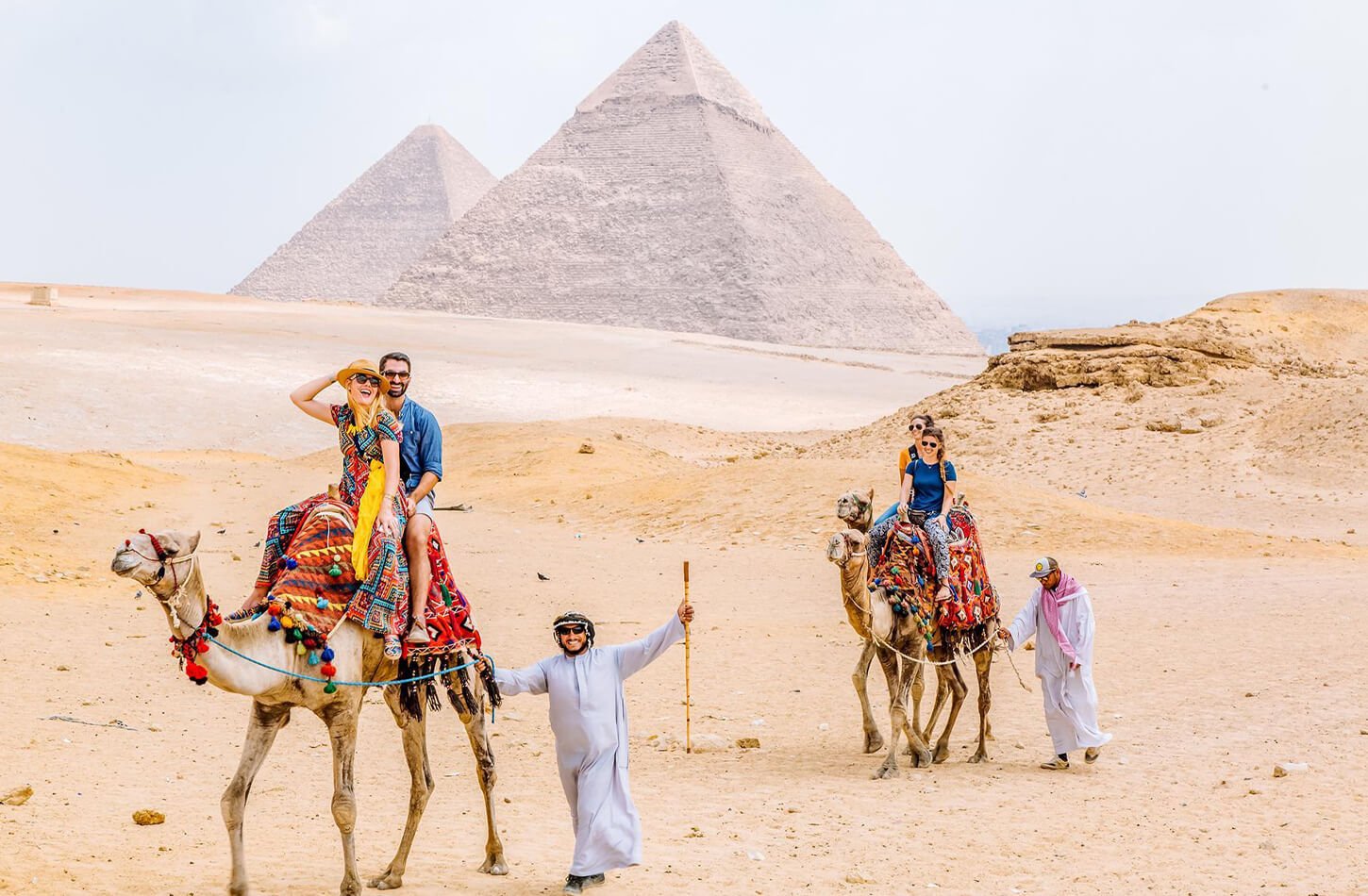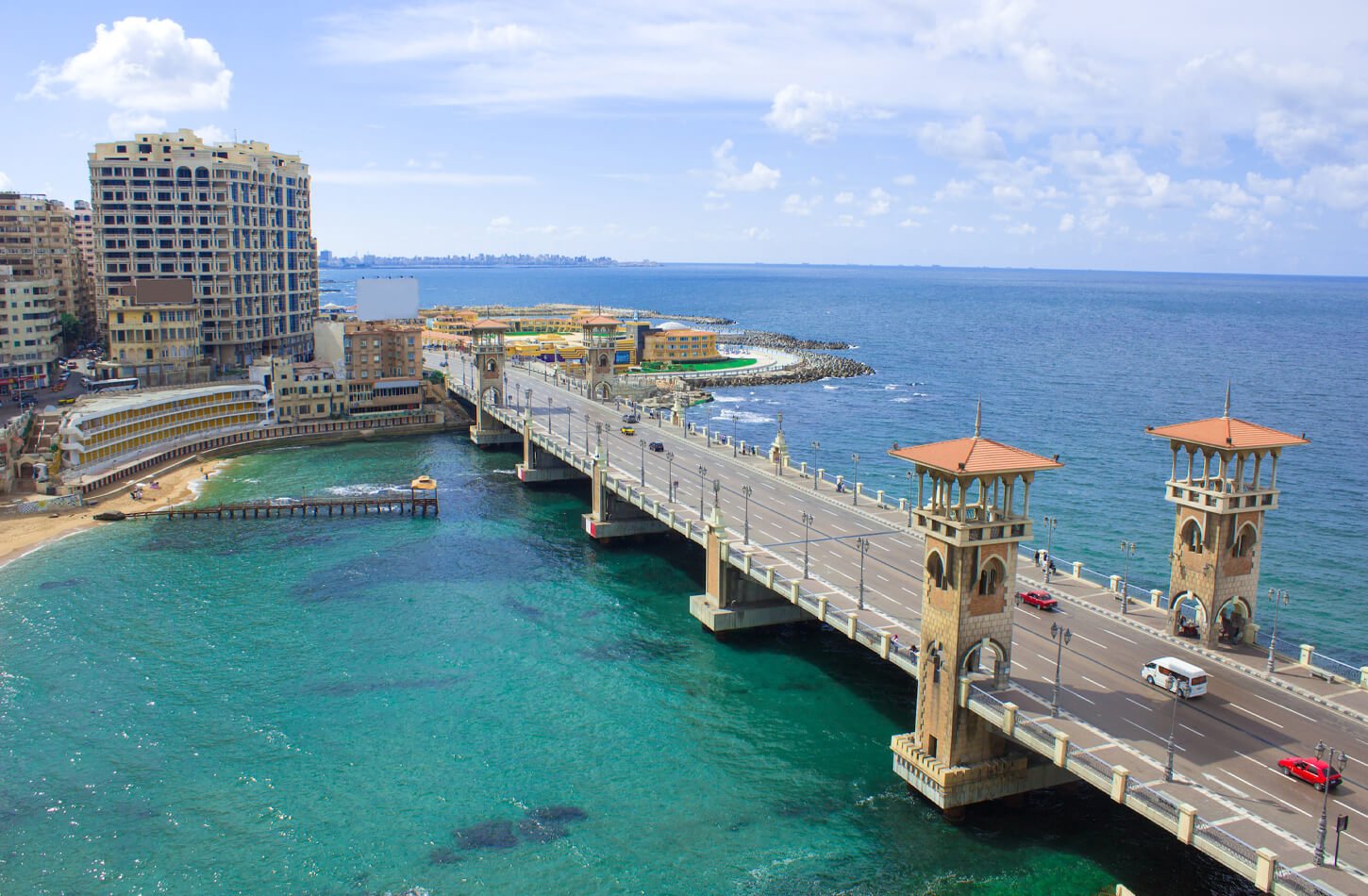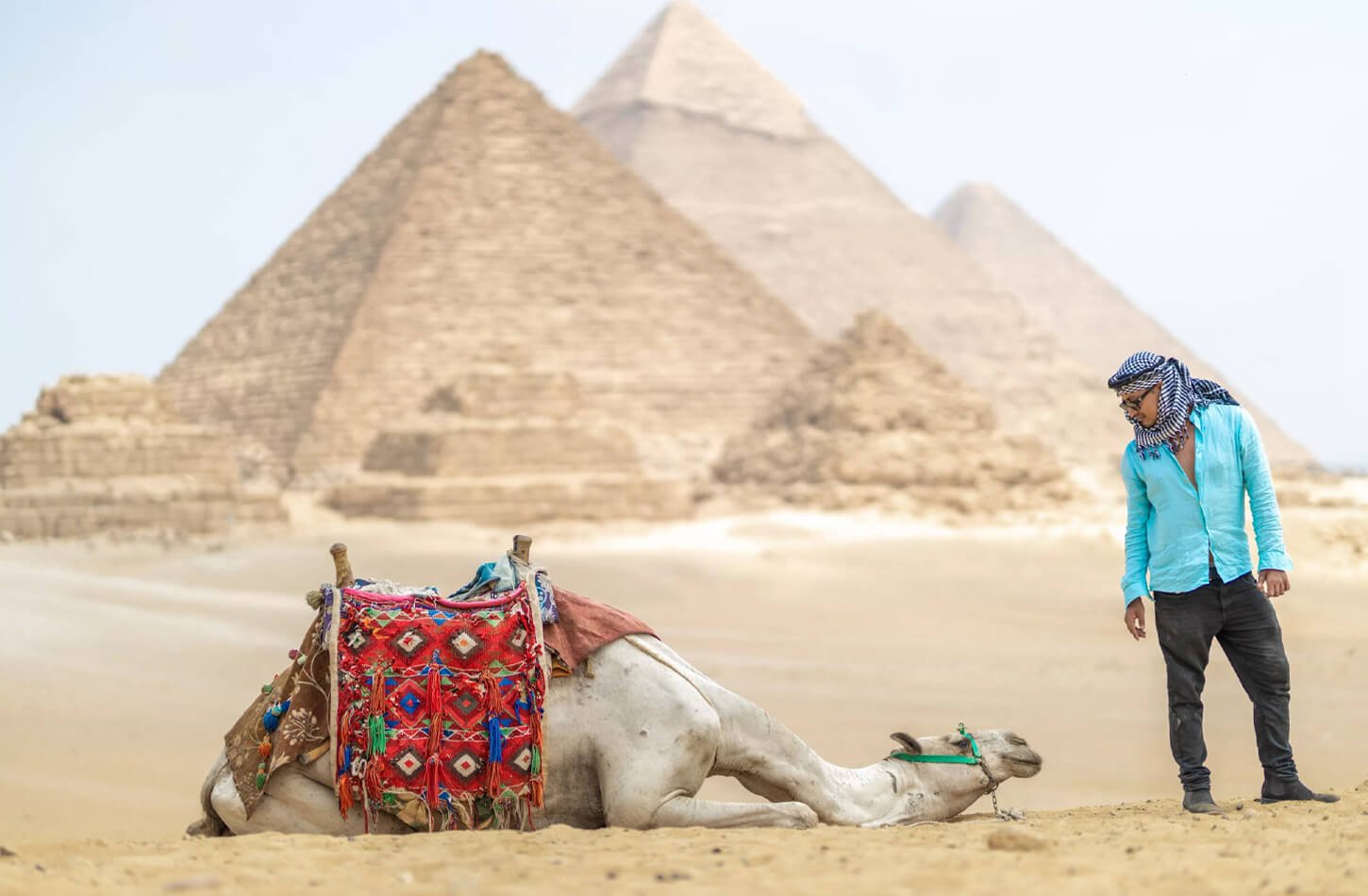Learning to use public transport in Egypt starts with Cairo’s rhythm. The city has almost 10 million people moving every day. The streets are always busy, like the Nile’s flow.
But, you don’t have to face the chaos alone. This guide helps you travel around Egypt easily and cheaply. It covers everything from LE5 metro rides to shared microbuses.
It answers real questions like how to read bus routes and save on taxis. You can even bike through historic areas for just LE1 per hour with Cairo Bike.
Whether you’re visiting the Pyramids or trying to avoid the summer heat, this guide has you covered. By the end, you’ll know how to budget, avoid scams, and enjoy Egypt’s culture without getting lost.
Introduction to Egypt’s Public Transportation Landscape
Traveling in Egypt, you’ll see a mix of old and new. The Egypt public transport guide shows a system as rich as the country’s history. In Cairo, millions move daily, while the Suez Canal sees thousands of ships each year.
- Roadways: Egypt’s roads now stretch 30,500 km after a 29.8% expansion since 2014, smoothing journeys between cities.
- Rail evolution: The Cairo Metro’s three lines carry millions weekly, with a fourth line and a 53km driverless monorail under construction.
- Waterways: The Nile’s 5,085km navigable routes and Lake Nasser support both cargo and tourism.
Expect to see both old and new ways of traveling. Cairo’s buses are packed, while Luxor has horse-drawn carriages. Alexandria has trams and modern apps too.
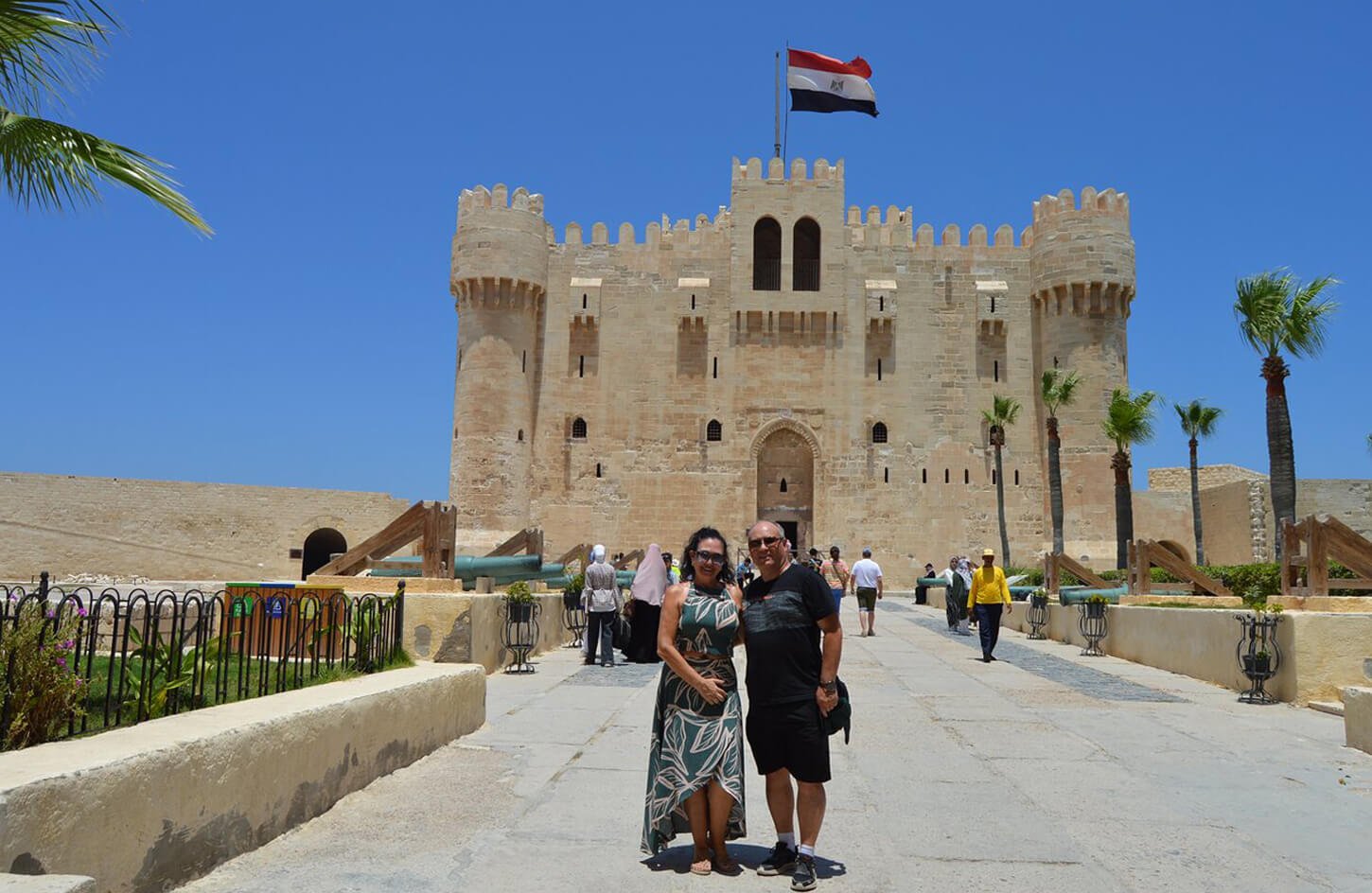
Schedules are not strict, but locals value getting where they need to go fast. You’ll see daily life as you ride shared taxis or ferries. Every trip is a story of how people adapt and keep going.
Understanding the Egyptian Transportation Network
Egypt’s transport system mixes old paths with new ways to make getting around Egypt easier. It goes from ancient Nile routes to modern metro lines. The Cairo Metro Line 3, for example, links the city center to the airport, showing the network’s growth.
The Evolution of Egypt’s Public Transport
Donkey carts used to be common in rural areas. Now, buses, trains, and the Cairo Metro are the norm. The metro, launched in 1987, is now Africa’s biggest, with three lines and more on the way.
Line 3, opened in 2023, makes getting to the airport from downtown Cairo quick. It takes just 15 minutes, perfect for those using public transport.
Key Differences from American Systems
- Schedules are flexible: Buses and trains run when needed, so timing can vary.
- Shared spaces: Cairo Metro has women-only cars, but most transport doesn’t have separate seats for genders.
- Fare flexibility: Taxi prices are often negotiated, unlike fixed rates in the U.S.
Major Transportation Hubs in Egypt
Cairo’s Ramses Station and Bashtil Station are key rail centers. They connect to Alexandria, Luxor, and Aswan via ENR. Luxor’s Karnak Terminal and Aswan’s Nubaria Station link the Nile Valley.
Alexandria’s Corniche buses connect coastal areas to historic sites. These hubs are crucial for traveling across Egypt.
Navigating Public Transportation in Egypt: The Basics
Learning to use navigating public transportation in Egypt might seem hard at first. But, with a few tips, you’ll get the hang of it. Here are some key transportation tips Egypt that locals and travelers swear by.
- Learn to read route signs with Arabic letters like مترو (metro) or مواصلات (transit). Carry a printed map of metro lines or use Google Maps offline mode for offline access.
- Avoid rush hours (7-9 AM/5-7 PM). Trains and buses get very crowded. Get to Cairo Metro Line 2 to Tahrir or Sadat stations early during these times.
- Have small EGP notes for fares (2-8 EGP for microbuses) and tips. Vendors on trains might ask for 5-10 EGP for water/snacks. Say no politely or set a limit.
- Travel light. Buses and trains are tight, so you won’t have much space. Use a crossbody bag to keep your valuables safe and in sight.
- Ask locals for help. Knowing basic Egyptian Arabic phrases like “balad el-masr” (Egyptian metro) or “ahwa” (where) helps. Taxi drivers and street vendors might speak some English.
- Start with the metro. Cairo’s three lines run every 5-7 minutes and connect big places like Tahrir and Giza. Download the “Cairo Metro” app for updates.
- Be careful with your luggage. Keep suitcases in bus racks or train compartments. Microbuses might ask for payment at the start—check the fare with the driver first.
- Use UBER with caution. While it’s handy, prices can go up a lot during busy times. Book rides in the evening or during big events like Ramadan.
Egyptians are very friendly—smiling and trying to follow local customs like dressing modestly on buses helps. With these tips, even the busiest places like Alexandria stations or Luxor bus terminals will be easier to handle.
Cairo Metro: Your Underground Gateway to the Capital
Learning the Cairo metro system makes traveling easy. It has 77 kilometers of track and 4 million riders daily. Trains come every 5-7 minutes during busy times, helping you avoid traffic. Here’s how to use it like a local:
Understanding the Three Metro Lines
- Line 1: Goes east-west, from Cairo University to Helwan. It’s great for visiting Islamic Cairo’s mosques.
- Line 2: Runs north-south, from Masr El Gedida to Shobra. Sadat Station is near the Egyptian Museum.
- Line 3: The newest, connecting the New Administrative Capital to Giza. Soon, Line 4 will add 34 stations.
Ticket Options and Pricing
Single tickets are 5 Egyptian pounds, less than $0.20. Get a multi-ride card for quicker entry. For longer trips, check the fare zones on route maps at stations.
Women’s Cars and Special Considerations
The first three carriages are for women only. These cars are less crowded and safer for solo travelers. Keep your bags safe during busy times (8-9 AM, 3-5 PM).
Major Attractions Accessible by Metro
- Muslim Heritage Route: Attaba Station on Line 2 → Al-Azhar Mosque and Khan El Khalili Bazaar in Islamic Cairo.
- Pharaonic Link: Mokattam Station on Line 1 → Pyramids of Giza via buses.
- Coptic Cairo: Mar Girgis Station on Line 1 → Hanging Church and Coptic Museum.
Trains run until midnight. The metro’s cool cars are a relief from Cairo’s heat. They help you explore the city of 21 million efficiently.
Bus Travel Across Egypt’s Cities
Riding travel Egypt by bus is fun and cheap. Buses don’t have fancy maps, but they’re great for those who love surprises. Here’s how to use them:
- Know Your Routes
Cairo’s bus 111 goes from Ramses Station to the airport in 60 minutes. It’s perfect for early birds. In local buses in Alexandria, look for minibuses with signs. No maps? Just ask the driver or someone nearby. - Pay Like a Local
Fares start at EGP 5 (USD 0.15) for short rides. Give the conductor cash. Keep small bills ready since there’s no card payment. - City-Specific Tips
- Cairo: Skip rush hours (7–9 AM, 5–7 PM) to avoid crowds. Buses 400 and 356 go to the airport but take longer.
- Alexandria: Trams cost EGP 2 for short trips. Microbuses are double but faster. Say “mikrobi” at big squares to find them.
- Luxor/Aswan: Microbuses link temples and hotels. Agree on fares first. Expect to pay EGP 20–30 for longer trips.
- Embrace the Experience
Using public transport in Egypt means sitting with locals. Talk to others; many know some English. Bring a water bottle since older buses don’t have AC.
Buses may not be fancy, but they show you real Egypt. Be ready for anything, and you’ll find amazing places. Your next adventure is just EGP 5 away.
The Microbus Experience: Navigating Egypt’s Popular Minivans
Microbuses are key to exploring Egypt beyond tourist spots. These small vans speed through Cairo’s streets. They’re a cheap way to get around Egypt.
Hopping a microbus from Tahrir Square to the Pyramids costs just 5–10 Egyptian pounds. It’s great for those wanting a real local experience. Here’s how to use this lively system.
How to Identify Routes and Destinations
- Watch for drivers’ assistants shouting routes like “Giza!” or “Pyramids!” as they flag down passengers.
- Locate hubs like Ramses Microbus Station or Abdel Moneim Riad for organized boarding points.
- Ask multiple bystanders—locals often speak English and can confirm routes. Drivers use hand signals (e.g., pointing east for Heliopolis).
Hailing and Paying for Microbuses
Step up to the curb and wave to catch a ride. Once on board, using public transport in Egypt by passing your fare forward when the driver signals. Fares start at 2.5 Egyptian pounds for short trips, with cash paid in small bills. No tickets—just hand cash directly.
Pros and Cons for Tourists
Pros:
- Costs 10x cheaper than taxis.
- Reaches areas like the Pyramids or remote villages missed by tourist buses.
- Seats fill fast, so you’ll rarely wait long once you’re ready to go.
Cons:
- No air conditioning in summer heat.
- Seats can feel cramped for taller travelers.
- Avoid the front “accountant’s seat”—it’s reserved for fare collectors.
Microbuses may be chaotic, but they’re an adventure. Pack patience, and you’ll see Egypt like a local.
Taxis and Ride-Sharing Options
Learning transportation tips Egypt means knowing when to use taxis or apps. Apps like Uber and Careem are great for getting around Egypt. They offer a better choice than hailing taxis or paying too much for private rides. Here are some smart tips to help you:
- Negotiate upfront: Always agree on a price before you get in a taxi. For Cairo Airport to downtown, try to get it for 250 EGP (less than $20 USD). But, always ask for the meter during the day.
- Write your destination in Arabic: Drivers might not know English street names. Use apps like Google Translate to write down your destination in Arabic.
- Use apps after dark: If you’re out late, don’t hail a taxi. Use Careem or Uber to find a safe driver quickly, even in busy places like Zamalek at night.
- Watch for fees: Taxi drivers might charge extra for airport entry. Ride-sharing apps don’t have hidden fees. They offer fixed prices and let you cancel for 10 EGP.
- Keep small bills handy: Taxis usually don’t give change for big bills. Carry small bills like 20-50 EGP for easy payments.
While taxis give you a taste of local life, Egypt public transport guide experts say apps are better for newcomers. Use apps for everyday rides and book private transfers for important trips. Whether you hail a taxi or swipe on an app, knowing the ropes makes your trip smoother than the Nile.
Intercity Transportation: Connecting Egypt’s Major Destinations
Traveling between Egypt’s top spots like Cairo, Luxor, and Aswan? We’ve got the scoop on the best ways to get there. With tourism on the rise—expected to reach $5.49 billion by 2025—Egypt’s Egypt public transport guide now offers upgraded services for comfort and ease.
Train Services Between Egyptian Cities
Trains are a scenic, budget-friendly choice. The Egyptian National Railways links major cities like Cairo to Alexandria (3.5 hours) and Luxor to Aswan (8 hours). You can pick between express trains (faster, air-conditioned) or intercity trains (slower, cheaper). A sleeper ticket to Luxor starts at $5. Book online via Egypt public transport guide platforms like ENR’s site to avoid station queues.
Long-Distance Buses and Coaches
For more flexibility, travel Egypt by bus with companies like GoBus or West Delta. Deluxe coaches offer reclining seats and snacks for routes like Cairo-Luxor (8 hours, $10). Check apps like Egypt public transport guide or company websites to book. Budget buses cost $1–$4 for short trips, while luxury options add comfort without high prices.
Domestic Flights vs. Ground Transportation
Here’s a quick comparison:
- Flights: Fastest for Luxor-Aswan (1.5 hours) vs. 8-hour bus ride. Book early—winter prices spike.
- Buses/Trains: Cheaper and scenic. Nile views on trains, while buses reach remote towns.
- Environmental Impact: Trains and buses emit less CO2 per passenger than flights.
Pro tip: Always confirm routes and schedules. For the navigating public transportation in Egypt, combine buses and trains for affordability. Plan ahead—peak season fills up fast!
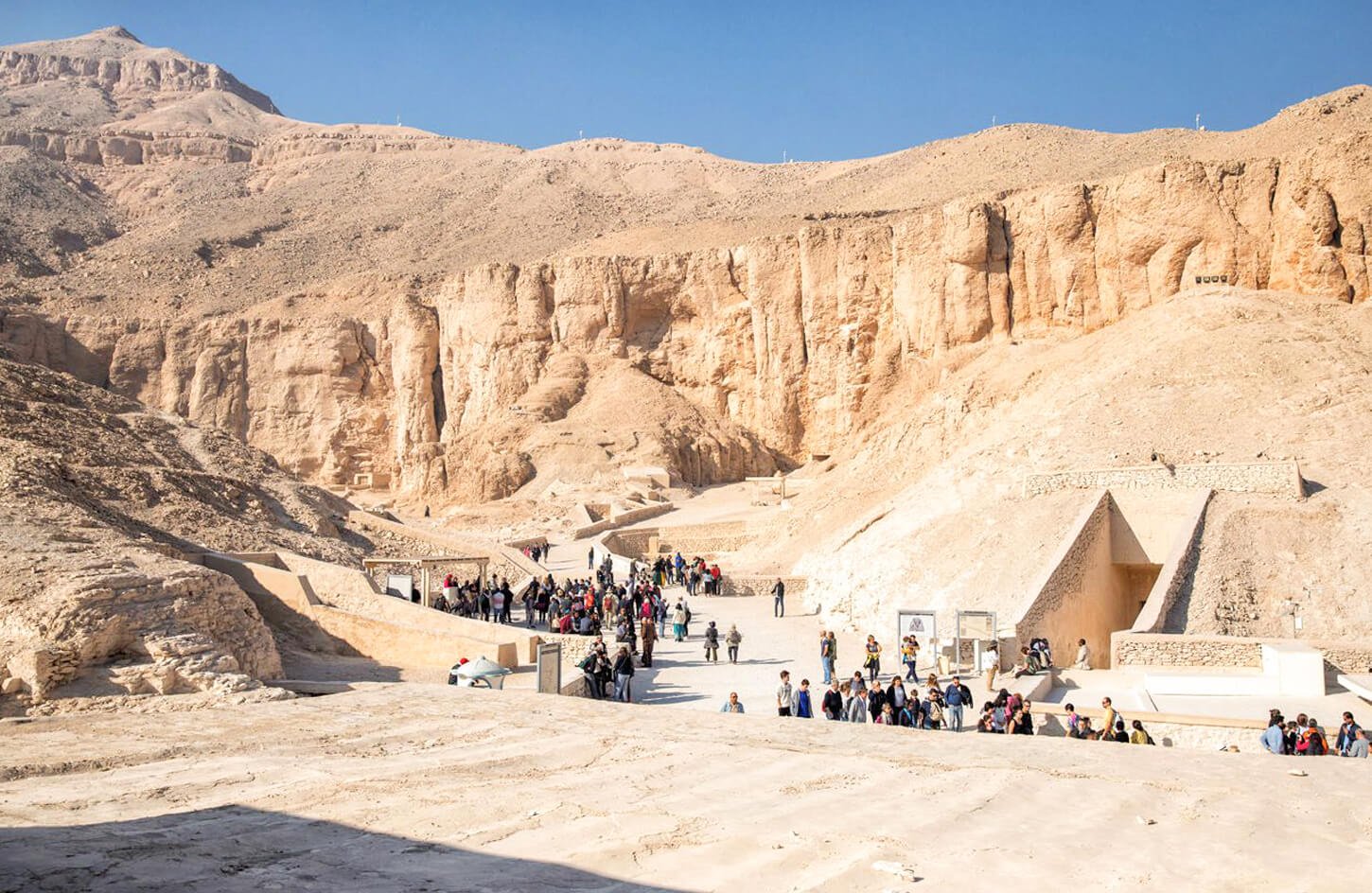
Cultural Etiquette and Safety Tips
Learn these important tips to stay safe and respectful when using public transport in Egypt:
- Dress modestly. Wear clothes that cover your shoulders and knees. This shows respect for local customs.
- Know gender norms. Cairo’s metro has cars for women only. Ask locals where they are. Don’t stare at strangers to avoid trouble.
- Respect prayer times. Public transport might slow down during maghrib (sunset) prayers. Be patient and don’t block the way.
- Stay vigilant. Pickpocketing is common in crowded places. Keep your valuables close, like in busy markets like Khan el-Khalili.
- Use taxis after dark. If you’re alone, take a metered taxi instead of a night bus. Cairo’s streets are safer with lights on.
- Prepare for accessibility challenges. Wheelchair users face many barriers. Al-Azhar Park has paved paths, but most places need a taxi.
- Manage vendors politely. Most tourists deal with persistent vendors. Carry small coins and say “laa, shukran” (no, thanks) in Arabic.
Remember, 95% of Egyptians value politeness. Smile and learn basic Arabic like “marhaba” (hello). Always have small bills for vendors. By following these tips, you’ll fit in and stay safe.
Budget Planning: Transportation Costs in Egypt
Learning how to get around Egypt can help you save money. We’ll show you how to use the Egypt public transport guide and transportation tips Egypt locals use every day.
First, know these average fares to budget your daily costs:
- Cairo Metro rides cost $0.30–$0.50 (LE5–10) per trip. Buy tickets at station kiosks.
- Local buses, like those in Alexandria, charge under $0.50 (LE8).50) for short trips.
- Uber rides in Cairo average $2–3 for 30 minutes. Taxis can cost 2–3x more without a meter.
- Long-distance buses to Luxor or Aswan start at $10–$25 round-trip.
Here are ways to save money:
- Buy multi-ride passes for the Cairo Metro—10 rides cost less than single tickets.
- Choose overnight buses for intercity trips. Cairo to Siwa costs ~$11 for 12 hours—cheaper than trains.
- Use cash for microbuses. Drivers often quote inflated prices to foreigners; ask “baladi” (local price) to pay 50% less.
Remember, public transport is usually cheaper than private options. A 30-minute Uber ride costs $3, but a microbus? Under $1.50. Use these transportation tips Egypt and the Egypt public transport guide to stay within your budget and explore freely.
Conclusion: Embracing the Journey Through Egypt
Traveling through Egypt’s cities and ancient lands by public transport is more than practical. It’s a dive into its culture. Josh Gates called Egypt a “world’s greatest open-air museum.” Using local transit lets you see this history up close.
By learning navigating public transportation in Egypt, you save money and meet locals. You avoid tourist spots and get real experiences. Every ride is a new story.
Here are some final tips for your trip:
– Use the Egypt public transport guide to find routes to famous sites.
– Check schedules for Abu Simbel’s sunrise and temple light shows.
– Carry small bills for microbuses and agree on fares before getting in.
– Visit the Grand Egyptian Museum in 2025 for a modern take on ancient wonders.
– Go to Luxor’s Valley of the Kings in spring or autumn to avoid heat.
– Stay updated on visa rules and health advice from official sources.
At first, using public transport in Egypt might seem tough. But the benefits are huge. You’ll enjoy mint tea with others or find secret markets on the way to Aswan.
With Egypt’s low fares and growing rail networks, now’s the best time to explore. Your trip is more than reaching a place. It’s about experiencing Egypt’s daily life. So, get on a microbus, take the metro, and start your adventure. The sphinxes, Nile sunsets, and local laughter are waiting for you.
Read our Related Article:

